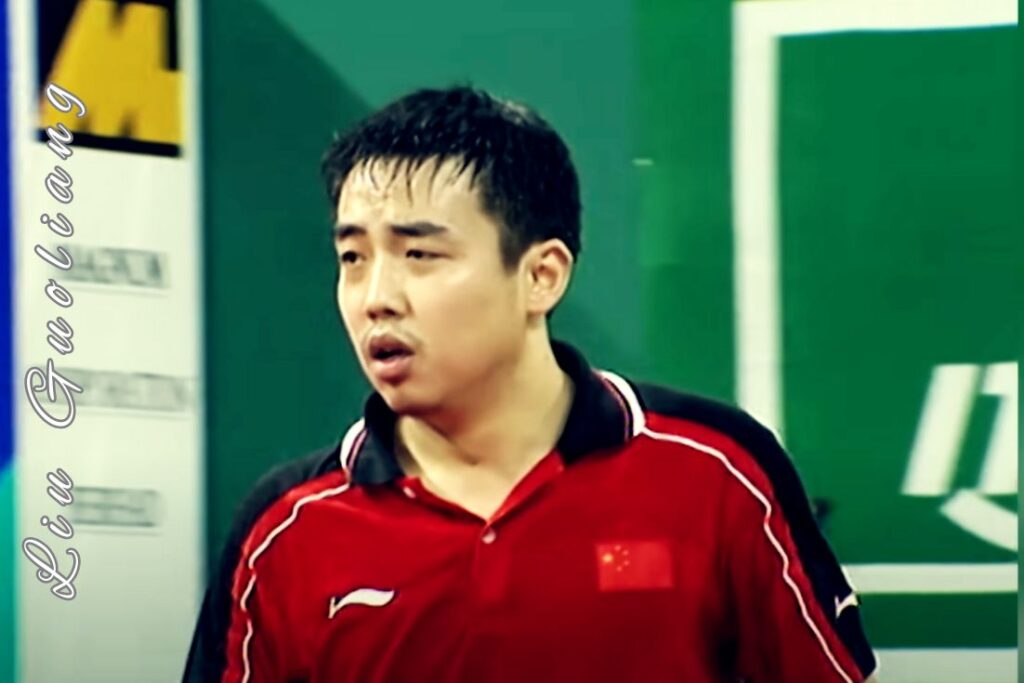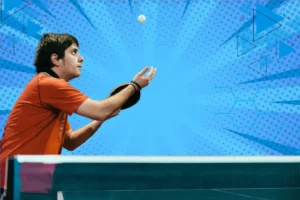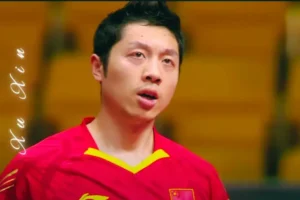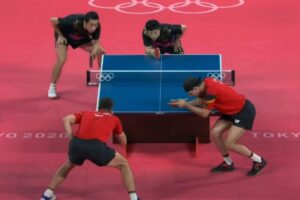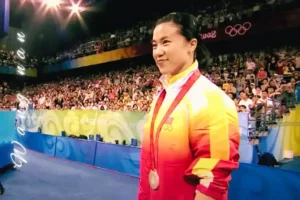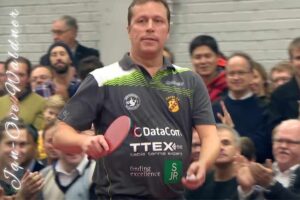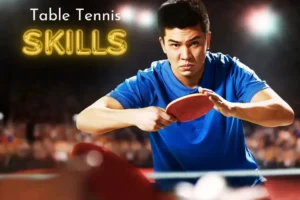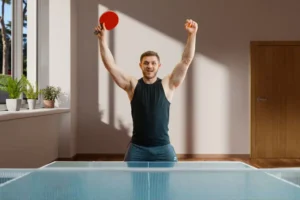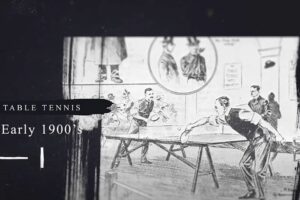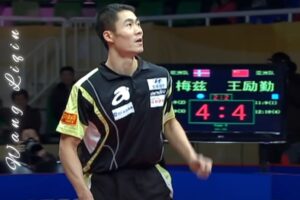In the exhilarating world of table tennis, few names resonate with the same legendary status as Liu Guoliang. A prodigy, champion, and revered coach, Liu Guoliang has left an indelible mark on the sport. His journey from a young talent in China to one of the most influential figures in table tennis history is both inspiring and instructive.
This comprehensive guide explores Liu Guoliang’s life and career in detail, shedding light on his major wins, unique playing style, historical impact, and lasting legacy.
Profile of Liu Guoliang
Born on January 10, 1976, in Xinxiang, Henan Province, China, Liu Guoliang displayed an exceptional talent for table tennis at an early age. His parents, recognizing his potential, supported his rigorous training regimen, which often involved long hours of practice and travel to training centers. Liu’s early dedication paid off when he joined the Chinese national team in his teens, a rare accomplishment that underscored his prodigious abilities.
Liu’s rise in the table tennis world was meteoric. By the time he reached his early twenties, he had already become one of the most dominant players in the sport. His competitive spirit, combined with a relentless pursuit of perfection, made him a force to be reckoned with on the international stage.
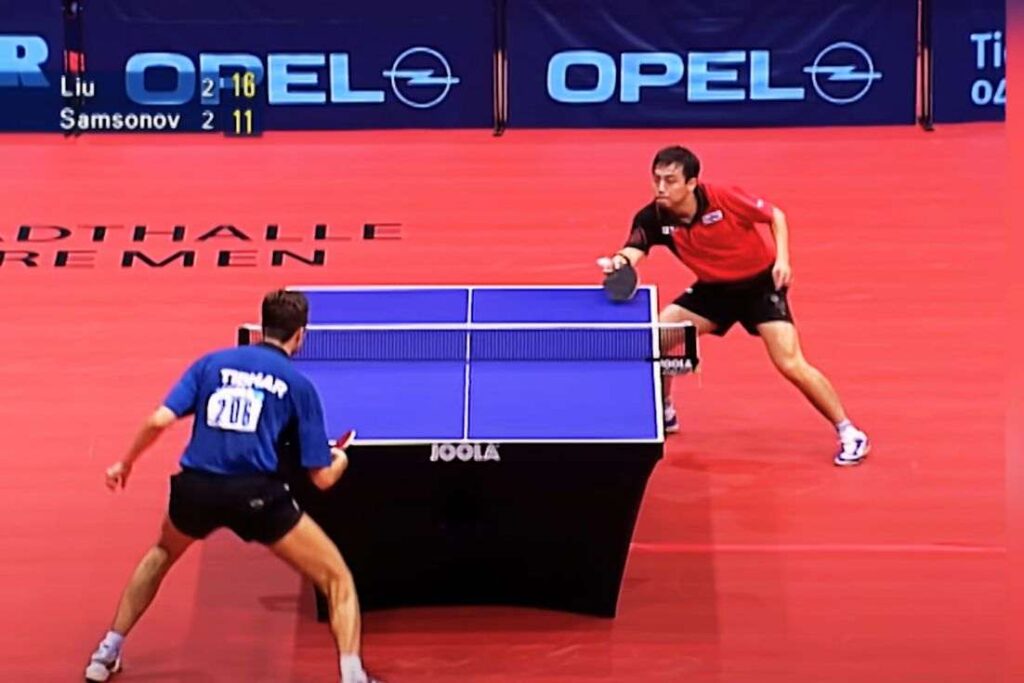
Also See: Zhang Jike: Unveiling Table Tennis Champion Secrets
Major Wins and Tournaments
Liu Guoliang’s career is decorated with numerous victories in major tournaments. Below is a detailed table showcasing some of his most significant achievements:
| Year | Tournament | Achievement |
|---|---|---|
| 1996 | Summer Olympics (Atlanta) | Gold Medal – Singles |
| 1996 | Summer Olympics (Atlanta) | Gold Medal – Doubles |
| 1999 | World Table Tennis Championships (Eindhoven) | Gold Medal – Singles |
| 1996 | World Table Tennis Cup (Nîmes) | Gold Medal – Singles |
| 1998 | Asian Games (Bangkok) | Gold Medal – Singles |
| 2000 | World Table Tennis Cup (Yangzhou) | Gold Medal – Team |
| 2001 | World Table Tennis Championships (Osaka) | Gold Medal – Team |
Each of these victories is not just a testament to Liu’s skill but also to his strategic mind and ability to perform under pressure. His gold medal wins at the 1996 Atlanta Olympics, both in singles and doubles, stand out as the pinnacle of his playing career. These victories brought him international acclaim and solidified his status as a table tennis legend.
Playing Style and Techniques
Liu Guoliang’s playing style is a fascinating study in innovation and precision. Unlike many of his contemporaries who favored the shakehand grip, Liu mastered the penhold grip, a traditional Chinese style that gave him a unique edge. This grip allowed for greater wrist flexibility and more varied spin techniques, making Liu’s attacks highly unpredictable and difficult to counter.
His serves were particularly notorious. Liu’s ability to disguise the spin and speed of his serves often left opponents guessing and on the defensive from the outset. His forehand drives were powerful and precise, while his backhand, though less conventional, was remarkably effective. Liu’s agility and quick reflexes enabled him to cover the table effortlessly, turning defense into offense with ease.
One of Liu’s most notable techniques was his use of the “third ball attack.” After serving, he would position himself to aggressively return the opponent’s response, often ending the rally swiftly. This method highlighted both his technical prowess and his strategic intelligence, maintaining constant pressure on his opponents.
Historical Impact
Liu Guoliang’s impact on table tennis extends far beyond his personal victories. His success with the penhold grip at a time when the shakehand grip was becoming more popular reinvigorated interest in the traditional style. Many young players were inspired to adopt and refine the penhold grip, leading to a resurgence in its popularity.
Furthermore, Liu’s approach to the game emphasized not just physical prowess but also mental strength and strategic thinking. He was a master of psychological warfare, often using his understanding of opponents’ weaknesses to his advantage. This focus on mental preparation and adaptability has influenced coaching methods and player development programs worldwide.
Liu’s contributions also paved the way for advancements in equipment and training techniques. His feedback to manufacturers helped in the development of more ergonomic and effective paddles, while his insights into training regimens led to more scientifically structured programs aimed at optimizing performance.
Training Regimens
Liu Guoliang’s training regimen was a blend of traditional Chinese methods and innovative practices designed to enhance every aspect of his game. His daily routine was rigorous, often starting early in the morning and extending late into the evening. Physical conditioning was a cornerstone of his training, with exercises aimed at building strength, endurance, and agility.
Technical drills were a significant part of his regimen. Liu would practice serves and returns repeatedly, often under simulated match conditions to replicate the pressure of real competition. This not only honed his technical skills but also built his mental resilience. Visualization techniques were also employed, where Liu would mentally rehearse matches, strategizing how to counter different styles of play.
Liu also placed a strong emphasis on recovery and injury prevention. His training included regular physiotherapy sessions, stretching routines, and balanced nutrition to ensure he remained in peak physical condition. This holistic approach to training set a new standard in table tennis, emphasizing the importance of maintaining overall health and well-being.
Coaching and Legacy
After retiring as a player, Liu Guoliang transitioned seamlessly into coaching, where he continued to leave a lasting impact on the sport. As the head coach of the Chinese national table tennis team, Liu led his players to numerous victories in world championships and the Olympics. His coaching philosophy, which combined technical precision with psychological preparedness, was instrumental in maintaining China’s dominance in the sport.
Under Liu’s leadership, players such as Ma Long, Zhang Jike, and Ding Ning rose to prominence, achieving remarkable success on the international stage. Liu’s ability to identify and nurture talent was unparalleled, and his emphasis on mental toughness and adaptability became hallmarks of his coaching style.
Liu’s legacy as a coach is also reflected in his contributions to the development of training facilities and programs in China. He played a crucial role in modernizing training centers, incorporating advanced technologies and scientific methodologies to enhance player development. His influence extends beyond China, as his coaching methods and philosophies are studied and adopted by coaches worldwide.
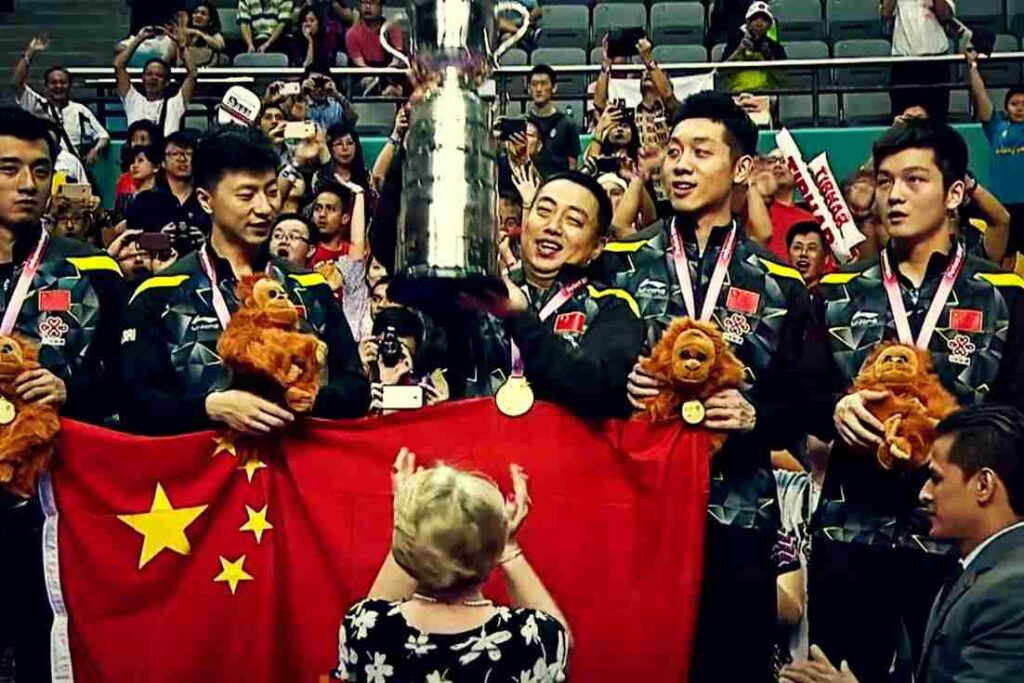
Personal Anecdotes and Stories
Liu Guoliang’s career is filled with inspiring and often heartwarming anecdotes that reveal his character and dedication to table tennis. One such story involves his relentless pursuit of excellence during his formative years. It is said that young Liu would practice alone in his local gymnasium late into the night, perfecting his serves and strokes long after his peers had gone home. This anecdote underscores his determination and single-minded focus on becoming the best.
Another notable story from his coaching career highlights his innovative approach to problem-solving. During a crucial match at the World Championships, one of his players was struggling with a particularly tricky opponent. Liu, known for his quick thinking, devised a new strategy on the spot, instructing his players to change their serve pattern and play more aggressively. The strategy paid off, and the player won the match, showcasing Liu’s tactical brilliance and his ability to adapt under pressure.
Interviews and Quotes
Throughout his career, Liu Guoliang has shared his insights and experiences through numerous interviews, offering a glimpse into his mindset and philosophy. In one particularly revealing interview, Liu spoke about the importance of mental toughness in table tennis. “In this sport, mental strength is what separates the good from the great,” he said ;
“You have to be able to handle pressure and stay focused, no matter what.”
In another interview, reflecting on his coaching philosophy, Liu emphasized the need for adaptability. “Every player is different,” he explained. “As a coach, you have to understand their strengths and weaknesses and tailor your approach accordingly. It’s not just about training hard; it’s about training smart.”
These quotes not only provide insight into Liu’s approach to the game but also serve as valuable lessons for aspiring players and coaches alike.
Comparative Analyses
Comparing Liu Guoliang to other table tennis legends such as Jan-Ove Waldner and Ma Long highlights his unique contributions to the sport. While Waldner, known as the “Mozart of Table Tennis,” was celebrated for his artistic style and technical mastery, and Ma Long for his sheer power and consistency, Liu’s strength lay in his strategic acumen and versatility.
Liu’s ability to seamlessly transition between aggressive and defensive play, combined with his psychological prowess, set him apart from his peers. His success with the penhold grip, at a time when the shakehand grip was becoming dominant, also underscores his innovative approach to the game. This comparative analysis illustrates Liu’s distinctive place in table tennis history and his role in shaping the sport’s evolution.
Evolution of the Game
Liu Guoliang’s career coincided with significant changes in table tennis, including advancements in equipment, changes in rules, and shifts in playing styles. One of the most notable changes during his era was the increase in ball size from 38mm to 40mm, which altered the dynamics of the game. Liu’s adaptability to these changes not only kept him competitive but also set new standards for future players.
His influence is seen in the evolution of playing styles, with a greater emphasis on strategic thinking and mental toughness. Liu’s innovative techniques and training methods have been adopted by players and coaches worldwide, contributing to the sport’s ongoing development. His legacy continues to shape the way table tennis is played and taught, ensuring his impact will be felt for generations to come.
Fun Facts and Trivia
- Olympic Double Gold: Liu Guoliang is one of the few players to have won both singles and doubles gold medals at the same Olympics, achieving this remarkable feat at the 1996 Atlanta Games.
- Youngest World Cup Champion: At the age of 20, Liu became the youngest player to win a World Cup, a record that still stands.
- Magic Tricks: Liu has a unique talent for performing magic tricks, often entertaining his teammates and relaxing the atmosphere during intense training sessions.
- Pre-Match Rituals: Liu was known for his intense pre-match rituals, which included visualization exercises and meticulous preparation to ensure he was mentally and physically ready for competition.
- Author: Liu Guoliang has authored several books on table tennis, sharing his expertise and insights with a broader audience and contributing to the sport’s knowledge base.
Conclusion
Liu Guoliang’s legacy in table tennis is characterized by his exceptional skills, strategic brilliance, and significant contributions as both a player and coach. His journey from a young prodigy to a legendary figure in the sport is a testament to his dedication, passion, and influence. Liu’s impact on table tennis will continue to be felt for generations to come, inspiring future players and shaping the evolution of the game.
